
Powdery mildew is one of the most common plant diseases affecting a wide range of plant species worldwide. Recognizing and treating this fungal disease is essential for maintaining the health of your garden or indoor plants. In this comprehensive guide, we will explore what powdery mildew is, how it affects plants, and the most effective methods for managing and eradicating it.
What is Powdery Mildew?
Powdery mildew is a fungal disease characterized by white or gray powdery spots on the leaves, stems, and sometimes flowers and fruits of plants. It thrives in warm, dry climates and can affect a wide variety of plants, including vegetables, fruits, and ornamental plants.
Signs and Symptoms
The first signs of powdery mildew are small, white spots that quickly grow and cover the plant surfaces. As the disease progresses, leaves may turn yellow and dry out, stunting plant growth and reducing crop yield. Unlike other fungal diseases, powdery mildew does not require water to spread and can thrive in dry conditions.
Causes of Powdery Mildew
Powdery mildew is caused by a variety of fungal species, each affecting different plant types. These fungi spread through airborne spores that can easily travel from plant to plant. Factors that contribute to the spread of powdery mildew include poor air circulation, high humidity levels, and susceptible plant varieties.
Preventing Powdery Mildew
Preventing powdery mildew involves several strategies. Select resistant plant varieties whenever possible and ensure proper spacing to promote air circulation. Avoid overhead watering to keep foliage dry and reduce humidity levels around plants. Regularly inspect plants for early signs of infection and remove any infected parts promptly.
Treatment Options
Chemical Treatments
Chemical fungicides can be effective against powdery mildew, especially when applied early in the infection. Look for fungicides containing active ingredients like myclobutanil, triforine, or sulfur. Always follow label instructions and consider the environmental impact of chemical treatments.
Organic Solutions
For those who prefer organic gardening practices, several natural treatments can help manage powdery mildew. Neem oil, potassium bicarbonate, and sulfur are popular organic fungicides. Additionally, a homemade spray of baking soda and water can act as a preventive measure.
Managing Infected Plants
If your plants are already infected, start by removing and destroying heavily infected parts to prevent further spread. Improve air circulation and reduce humidity around the plants by pruning and ensuring adequate spacing. Apply fungicides or organic treatments according to the severity of the infection.
Conclusion
Understanding and managing powdery mildew is crucial for maintaining healthy plants. By recognizing the symptoms early and taking preventive measures, you can effectively control this common plant disease. Whether opting for chemical or organic treatments, consistency is key to keeping your garden free from powdery mildew.
Powdery mildew is a common fungal disease affecting many plant species. It is characterized by white or gray powdery spots on plant surfaces. Prevention involves selecting resistant varieties and ensuring proper spacing. Chemical and organic treatments are available to manage the disease. Removing infected plant parts helps prevent the spread of powdery mildew. 
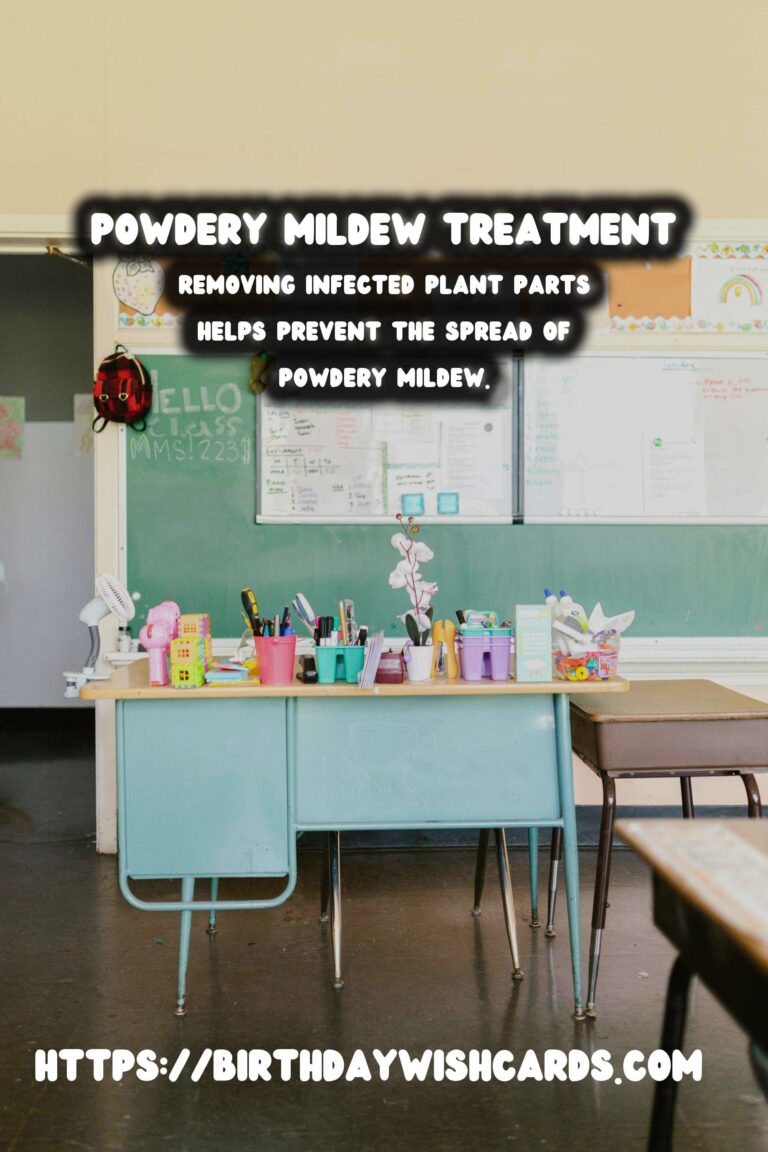
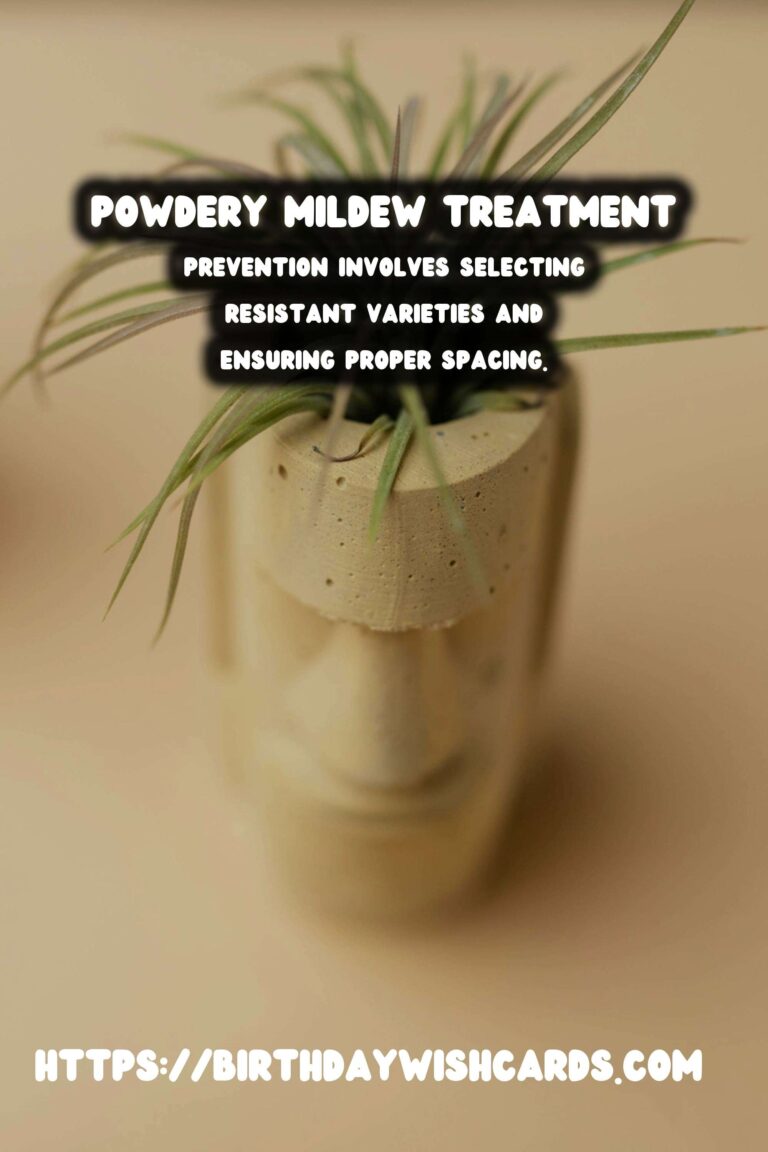
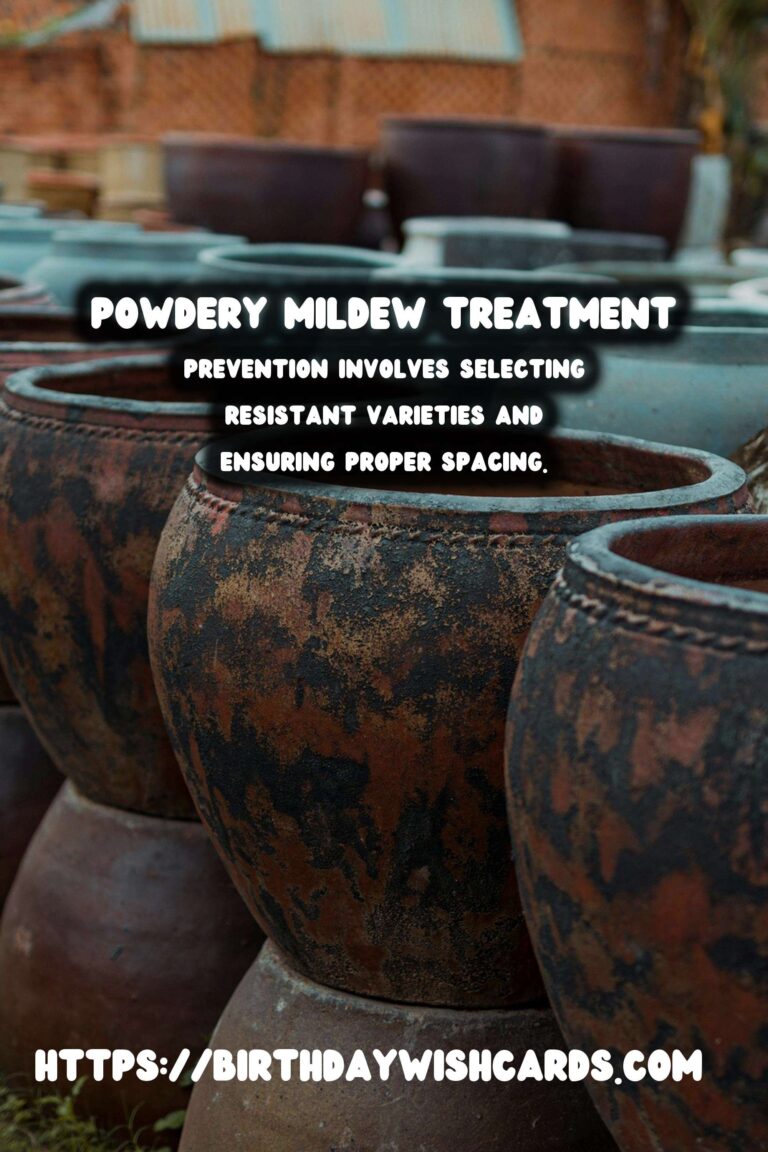
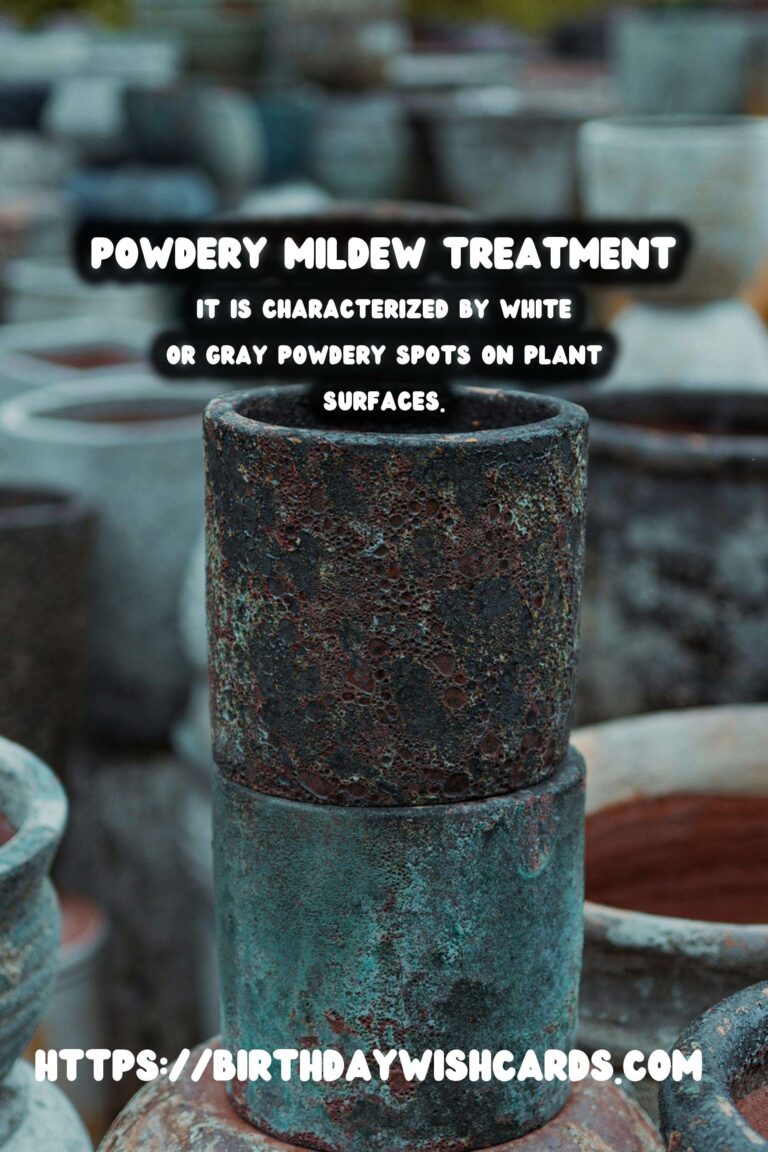
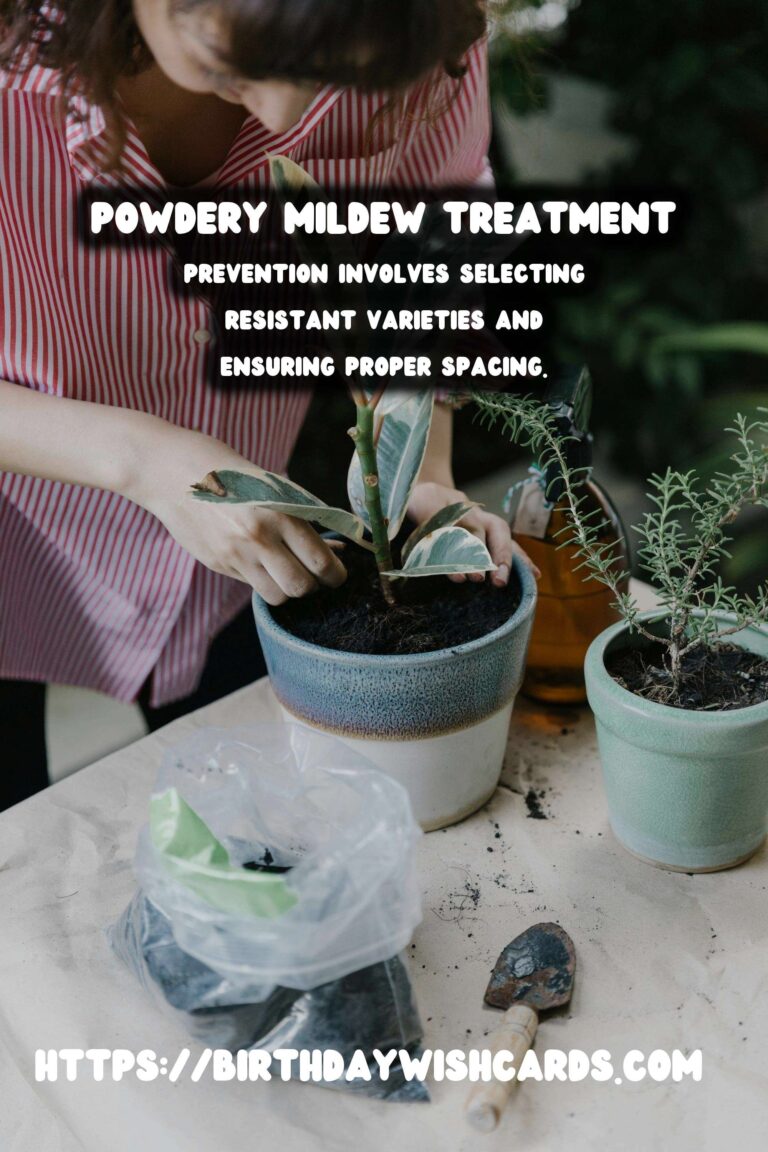
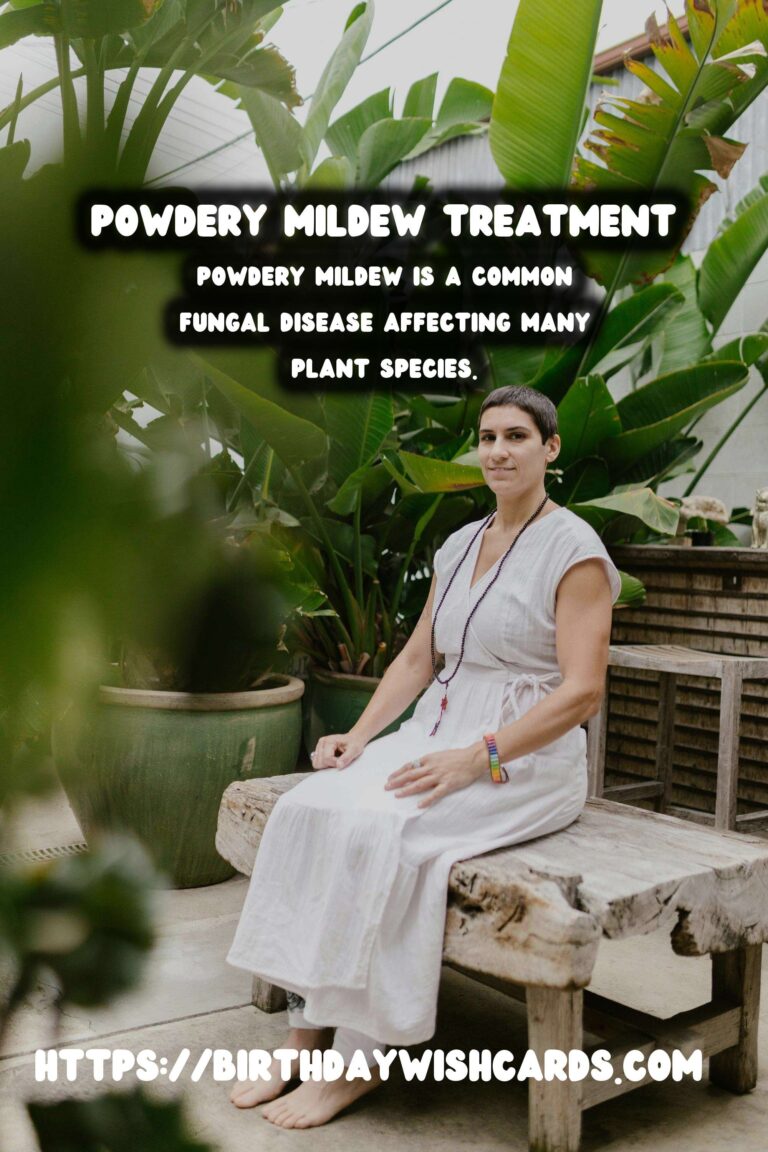
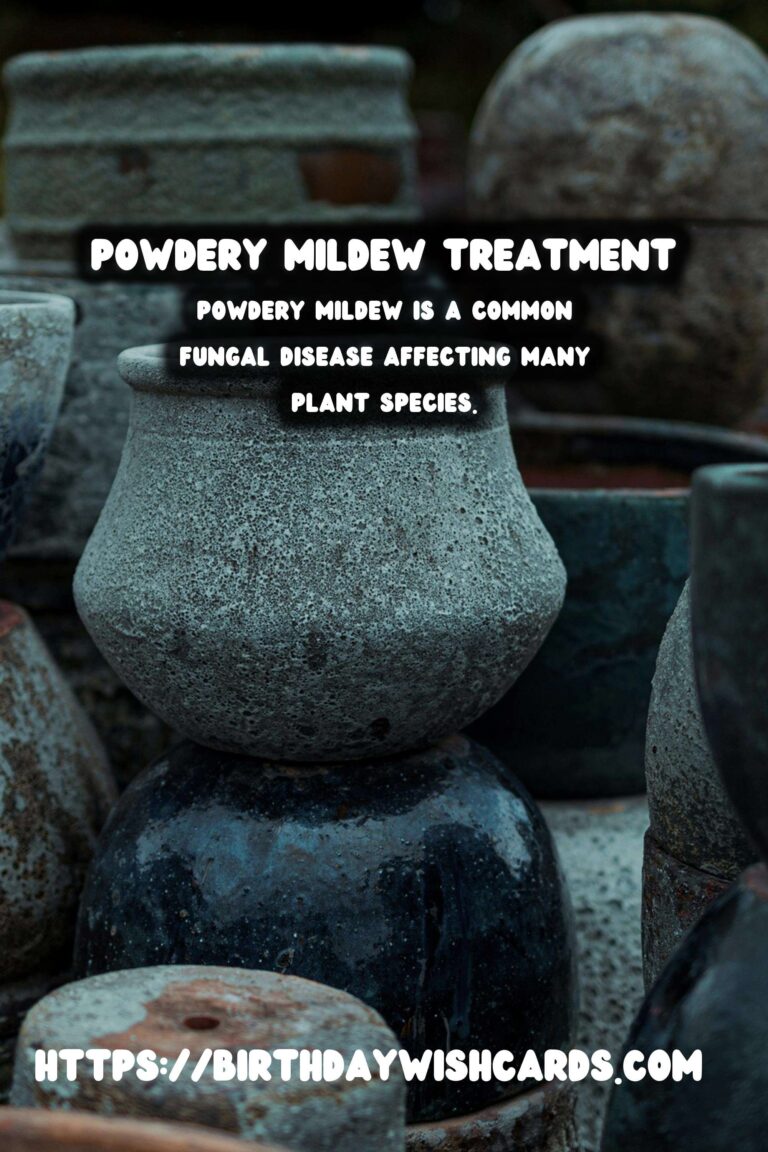


#PowderyMildew #PlantCare #GardeningTips #OrganicGardening #FungalDisease




